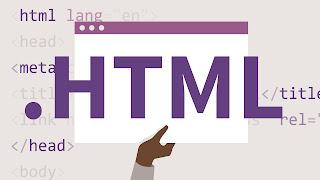A Step-By-Step Tutorial For Coding Your First HTML Document- III

In our previous blog, A Step-By-Step Tutorial For Coding Your First HTML Document- II , in which we talked about adding formatting to the text, creating lists etc. Now we are going to talk about Adding an image, creating tables etc. So, let's get started. Step 10 – Add An Image Most people agree that webpages full of text are boring. The best websites have lots of images, so let’s add an image to our site. We can add an image using the <img> tag. The image element is one of the few elements that doesn’t require a closing tag. We include all the important information as attributes inside the <img> tag. There are three main attributes we can use with images – the source attribute, the alternative text attribute and the style attribute. The src source attribute is used to define the location of the image we want to display. The location could be the address of a file stored somewhere else on the web, or it could be the location of an ima...

